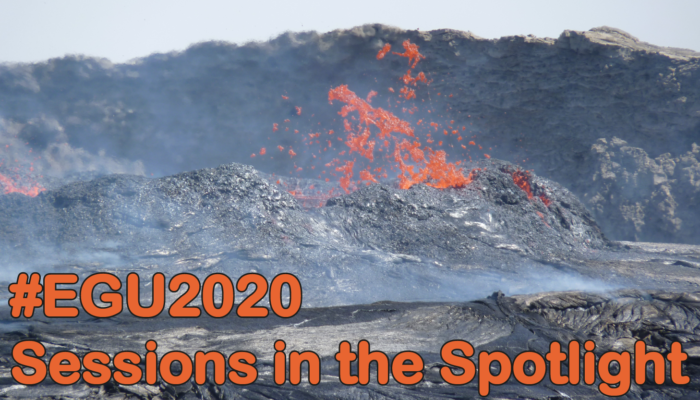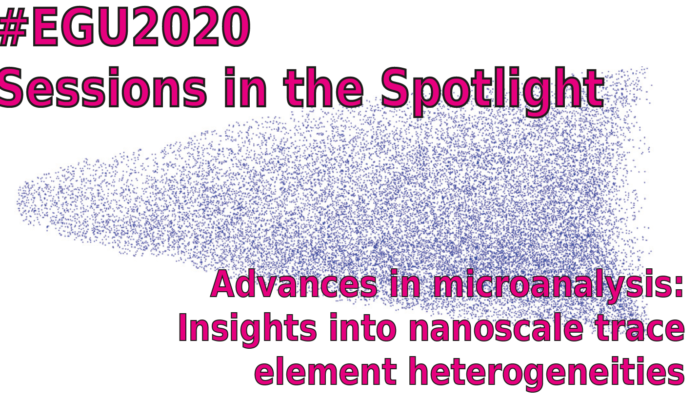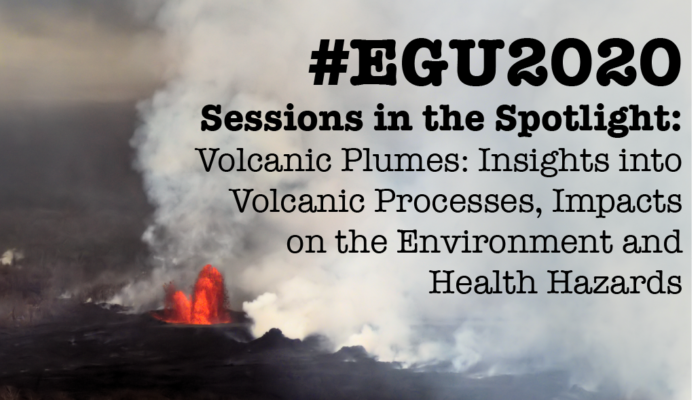Breaking up is hard, but sometimes it’s the right thing to do. Sometimes it might look like a breakup is about to happen, or it might even begin to happen, then be saved part way through. Sometimes breakups start with a small area of weakness, which grows into something much bigger. If your first thought reading this was ‘continental rifts’ or ‘this guy clearly knows nothin ...[Read More]
#EGU2022 Sessions in the Spotlight: GMPV1.3, Advances in microanalysis: Insights into nanoscale trace element heterogeneities
One of the great things about geology is how it incorporates observations from the huge to the tiny. We can think on the scale of whole earth (or even bigger), continents, regions, outcrops, rocks, crystals or atoms, and everything in between. If you are in the latter groups, you are probably following closely the amazing developments in microanalysis that seem to happen every year, allowing us to ...[Read More]
#EGU2020 Sessions in the Spotlight: GMPV2.3: The relationship between slab dehydration, mantle wedge processes and subduction zone geodynamics
Now that we are 6 weeks out from the EGU2020 abstract deadline, it’s a great time to choose your session and write an abstract! Because, lets be honest, nobody wants to be writing an abstract over the Christmas holidays… Every few days, we will be highlighting a session in the Geochemistry, Mineralogy, Petrology and Volcanology section, to help make your session choice as easy as possi ...[Read More]
#EGU2020 Sessions in the Spotlight: Volcanic Plumes: Insights into Volcanic Processes, Impacts on the Environment and Health Hazards
Thinking about submitting an abstract to EGU 2020? Fancy a week in beautiful Vienna, the city with the highest concentration of gelaterias outside of Italy*? Like in a Viennese gelateria, the amount of choice confronting you when trying to decide a session can be overwhelming. We are here to help! Every few days we will highlight a different session, helping you to find the one that is best for yo ...[Read More]




